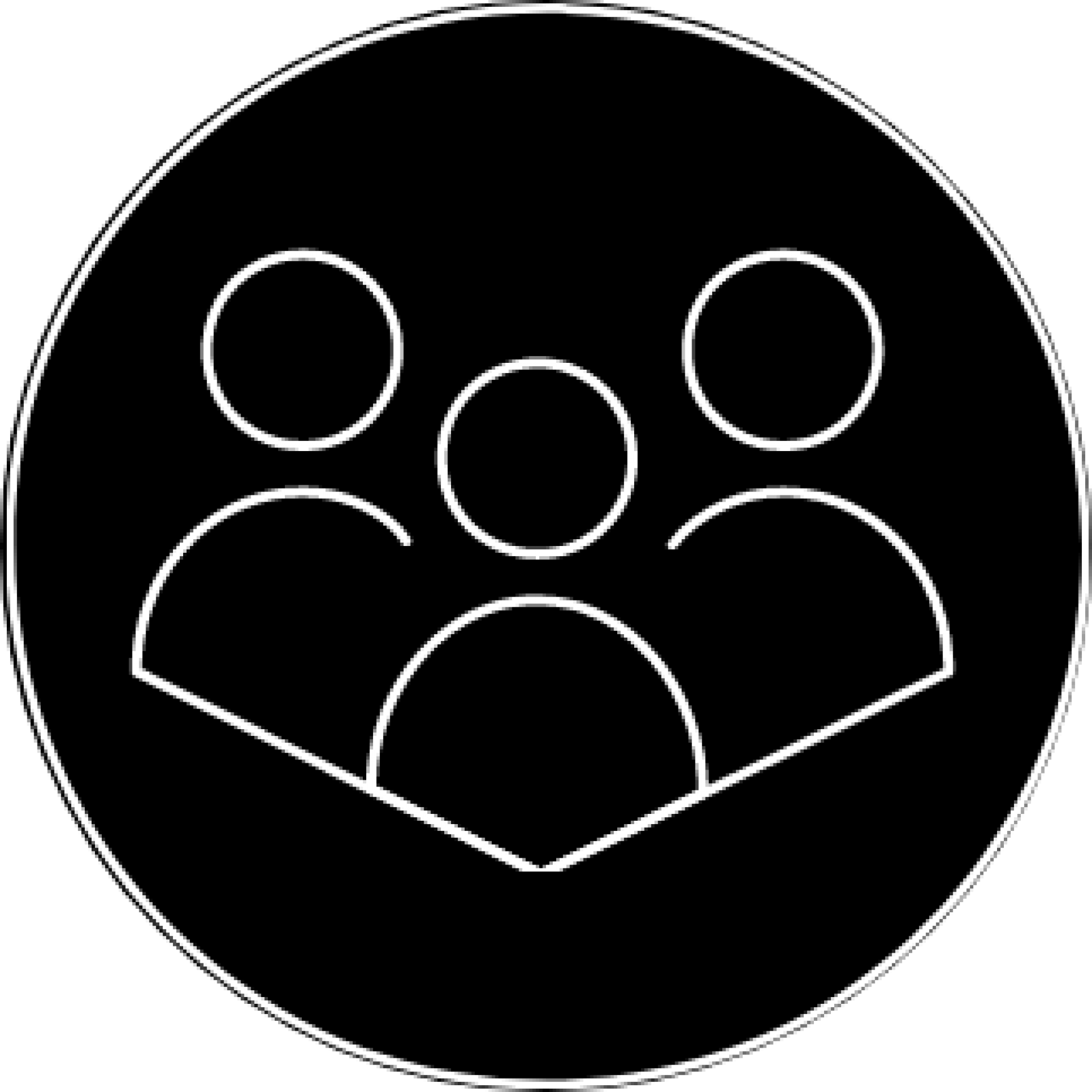Terresa Moses, an assistant professor in the College of Design, discusses her work with the anti-racist initiative, Design Justice.
By Yoko Vue
When graphic designer Terresa Moses released her exhibition Umbra in 2019, she focused on the intersectionality of Black women, wanting it to be inclusive of all cisgender and transgender women.
So she chose the spelling of women to use an “x” in place of the “e” – a change many have adopted to shift away from male-centric language; but the term has also been challenged by trans women and nonbinary individuals, who contend it suggests they are not real women.
On a recent March morning, Moses reflected on her decision to use “womxn.”
“I have been recently seeing that it’s this exclusive term. So I honestly, this morning, made up my mind to go back and change all of the things to have the ‘e’ back in there,” she said. “As someone who lives in an oppressed identity, I definitely don’t want it to oppress any other identities.”
Moses, the director of a new anti-racist initiative in the University’s College of Design called Design Justice, embraces fluidity in her designs and in all of her work. “If we can’t change language, we can’t change policy and that as an organizer, that’s how I think,” she said.
Through her art, she aims for the liberation of Black and brown people. Design Justice, now in its first year, brings together policy, outreach and academic ventures into one collaborative space to support students and communities of color.
“It’s about creating anti-racist design approaches for underinvested communities within our college,” she said. “So that could be pedagogy, that could be creating a better pipeline for BIPOC students to go into the field of design and things like that.”
For Moses, designing didn’t start with exhibits. It began with an interest in anime, especially Sailor Moon. Drawing her own characters and clothing eventually led her to pursue a bachelor’s degree in fashion design. Working at a small agency after graduation introduced her to graphic design.
“It was really just like a necessity of the company who needs to create these [designs] and I was available to do those,” she said.
As an assistant professor in the College of Design, Moses works closely with students and integrates social justice into her work. She said she hopes to “help create perspectives in students that are going to allow them to go out into the world and understand their positionality and whatever identity that they hold – then constantly question things, constantly remake, reimagine, recreate things that are going to make our world better.”
As a student herself pursuing a Ph.D. at the University of Toronto, Moses can relate to her undergraduate students that are learning during a pandemic. “I feel for the students and I just try to be more flexible,” she said. “I think because I do justice-oriented work, it’s really not that hard for me to be flexible. It’s not that hard to be inclusive, you recognize something and you’re like, OK, let’s change it,” she said.
Collaborating across different sectors of the college and supporting one another is at the core of Design Justice. “I’m just trying to intentionally put people together so that we can begin to shift culture, but do it in a way where we can support each other. So that word collective for me was really intentional,” she said.
That collective consists of the current Diversity Committee, the BIPOC Student Design Collective, Architecture’s Race and Space Working Group, and more.
One of the goals is to develop a designer-in-residence program, which opens up different lenses of design for people. “That could be graphic design, architecture, anything,” she said.
One example is to offer a Black and Indigenous graphic design history course taught by Cheryl D. Miller, an award-winning designer who founded one of the first Black women-owned design firms in New York City that operated from 1984 to 2000. Miller has experience teaching at different universities including the University of Texas where she is currently a distinguished senior lecturer.
As a heavily-engaged person in community organizing and academia, self-care is an important part of being sustainable, Moses said. As a Black woman, she said, she has been taught by society to not prioritize herself.
“I’ve been trying to kind of rewire my brain to think of taking care of yourself as helping the community. It is helping your family. So that’s kind of the journey that I’m on at this moment right now,” she said. “In order for you to really take care of the community, you have to take care of yourself.”

